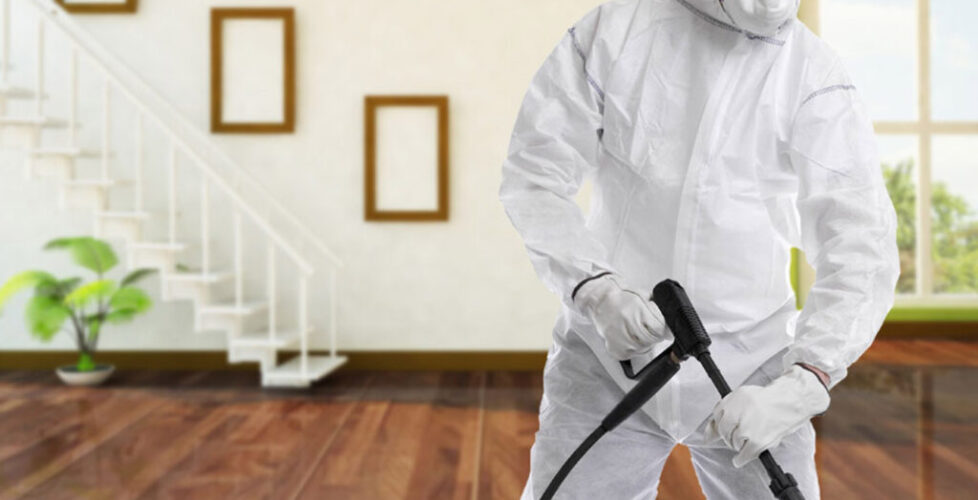Pest Control and Bed Bug Treatment Effective Strategies
Introduction To Pest Control
Pest control is an essential aspect of maintaining a healthy and comfortable living environment. From rodents to insects, pests can cause significant damage to property and pose serious health risks. Among the most troublesome pests are bed bugs, which require specialized treatment methods. This article provides an in-depth look at pest control, focusing on effective bed bug treatment strategies.
Understanding Pests
Common household pests include rodents, ants, termites, cockroaches, and bed bugs. These pests can cause a variety of problems, ranging from health issues to structural damage. For instance, rodents can chew through electrical wires, while termites can weaken the foundations of buildings. Cockroaches and ants can contaminate food, and bed bugs can cause itchy bites and sleepless nights.
Bed Bugs: A Closer Look
Bed bugs are small, oval-shaped insects that feed on the blood of humans and animals. They are notorious for infesting mattresses, bed frames, and other furniture. Identifying a bed bug infestation early is crucial for effective treatment. Common signs include small blood stains on sheets, dark spots of bed bug excrement, and a musty odor in the affected area.
Importance of Pest Control
Pest control is vital for several reasons. Firstly, it helps protect your health by reducing the risk of diseases spread by pests. Secondly, it prevents property damage caused by pests like termites and rodents. Regular pest control measures can save you money in the long run by avoiding costly repairs and replacements.
If you want to know more information about Bed Bug Treatment visit Usman pest control.
Types of Pest Control Methods
There are various pest control methods available, each with its advantages and disadvantages. These include chemical, biological, mechanical, and natural pest control methods.
Chemical Pest Control
Chemical pest control involves the use of pesticides to eliminate pests. These chemicals can be highly effective but may pose health risks if not used properly. The pros of chemical pest control include quick results and the ability to target specific pests. However, the cons include potential toxicity to humans and pets and the development of pesticide resistance in pests.
Biological Pest Control
Biological pest control uses natural predators or parasites to control pest populations. This method is environmentally friendly and can be highly effective for long-term pest management. The pros include reduced chemical use and sustainability. The cons include the time it takes for biological control agents to work and the potential for unintended impacts on non-target species.
Mechanical Pest Control
Mechanical pest control involves physical methods to remove or kill pests. This can include traps, barriers, and manual removal. The pros of mechanical pest control are its non-toxic nature and immediate results. The cons include the labor-intensive nature of the methods and the need for regular maintenance.
Natural Pest Control
Natural pest control uses organic or non-chemical methods to manage pests. This can include the use of essential oils, natural repellents, and environmental modifications. The pros include safety for humans and pets and environmental sustainability. The cons include variable effectiveness and the need for consistent application.
Bed Bug Treatment
Treating bed bugs requires a comprehensive approach due to their resilience and ability to hide in small crevices. Identifying bed bugs is the first step, followed by choosing the appropriate treatment method.
DIY Bed Bug Treatment
For those who prefer a hands-on approach, several DIY methods can help control bed bug infestations:
- Vacuuming: Regular vacuuming can help remove bed bugs from mattresses, bed frames, and surrounding areas.
- Heat Treatment: Bed bugs are sensitive to high temperatures. Washing and drying bedding at high heat can kill bed bugs and their eggs.
- Bed Bug Sprays: Various over-the-counter sprays are available that can kill bed bugs on contact. However, these should be used with caution to avoid exposure to harmful chemicals.
Professional Bed Bug Treatment
Hiring a professional pest control service is often the most effective way to deal with a severe bed bug infestation. Professionals have access to more potent pesticides and specialized equipment.
- What to Expect During Treatment: Professional treatment may involve multiple visits and the use of heat treatments, chemical sprays, and other methods. The process typically takes several hours to complete.
- Post-Treatment Tips: After treatment, it is important to follow the pest control professional’s advice to prevent reinfestation. This may include regular inspections, proper cleaning practices, and using mattress encasements.
Preventing Future Infestations
Preventing future infestations involves a combination of regular inspections, maintaining cleanliness, and using protective covers for mattresses and pillows. Additionally, reducing clutter and sealing cracks and crevices can help keep bed bugs at bay.
Cost of Bed Bug Treatment
The cost of bed bug treatment can vary significantly depending on the severity of the infestation and the chosen method. DIY methods are generally cheaper but may be less effective. Professional treatment can be more expensive but often provides more reliable results.
Conclusion
Pest control is a crucial aspect of maintaining a healthy and comfortable home. Understanding the different types of pests and their impact on your health and property is the first step. When it comes to bed bugs, both DIY and professional treatment options are available. Regular inspections and preventive measures can help keep your home pest-free.
